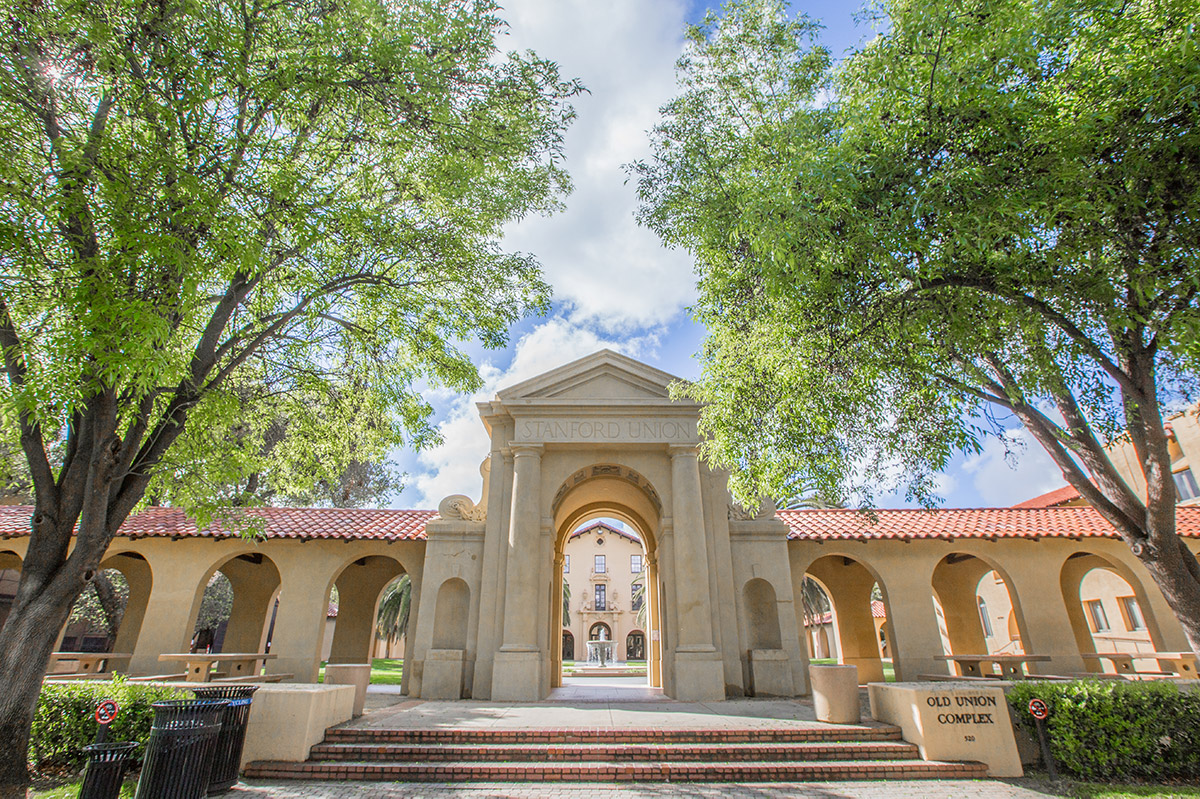Fraxinus uhdei
 Shamel ash
Shamel ash

This is a large timber tree from Mexico and, as with the Chinese elm and other deciduous trees grown in mild climates, may not drop its leaves in the fall. At Stanford in spring there is a conspicuous difference between the fully leaved Shamel ashes and the burgeoning Modesto ashes. Later in the summer it may be hard for a casual observer to distinguish our two most common ashes. Shamel ash leaflets are generally more numerous (five to nine as against three to five), a darker green and longer (4 inches as against 3). The leaf margins are also different.
There are eight large Shamel ash in front of the Bookstore, three of which are male trees (the two on the west and the one closest to the Post Office). On the females, samaras about an inch long will be found hanging inconspicuously in the foliage in spring. By October several of the female trees are heavy with brown fruit and few leaves, and by November there is voluminous but inoffensive litter. The presence of both male and female trees tells us we are not dealing with a cloned variety, as with Fraxinus velutina ‘Modesto’. The Shamel ash was introduced in Riverside by Dr. Archie Shamel about 1925. In Palo Alto, an old giant is at 1636 Edgewood Drive at the corner of Patricia Lane.
Name derivation: Fraxinus – classical Latin name for ash; uhdei – honors Carl Uhde, German plant collector who explored eastern Mexico 1844–1848.
About this Entry: The main text of this entry is from the book Trees of Stanford and Environs, by Ronald Bracewell, published 2005.



